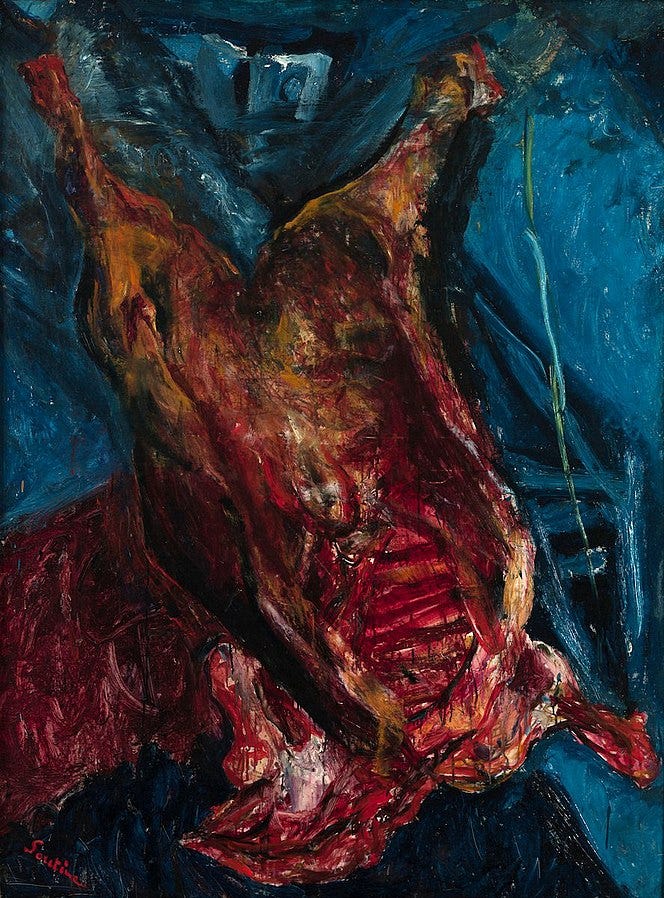On stench
“Bad smells made her angry, they were a personal affront.” ― Louise Erdrich
Humus. Damp. Squelch. Earth.
It smells. When the June rain arrives in India the air smells of that ancient decomposing soil with the dead April leaves. Depending on where you live in Calcutta you smell the spicy, cloying fumes of chowmein and egg rolls, the organic smoke from trucks rolling past you with sacks of grimy potatoes, the sour sweat on trams, the tropical stench of ripe jackfruit in fruit stalls, the intense keora (pandanus) of biriyani handis. It weighs heavily and is part of our olfactory genealogy. A bunch of books that celebrate the oddity of stink.
Sandalwood and Carrion: Smell in Indian Religion and Culture by James McHugh is an academic book about fragrances in pre-Modern India and their relationship with religion and daily life. Modern foods and perfumes describe smells with terms like butterscotch, oak, apple, almond, and peach: sophisticated and almost always pleasant. But Sanskrit texts describe myriad smells with terms like sandalwood, goat's urine, clay, fish, and lotus: not so glamorous. Perfumes were supposed to encompass both internal and external smells. Plants, animals, soil, excrement. Surpassing the concepts of good and bad.
Are you a brie person? I am not. I remember rolling on the floor laughing one summer afternoon reading Three Men on a Boat. How the ripe and mellow cheeses from Liverpool woke up the cabbie "with a snort of terror" and "he dashed off at three miles an hour" and all I ever had back then was processed cheese that tasted like tangy milk. It would be years later when I sliced a block of brie and realized smells can be personal too. Thanks, Jerome for the potent trip.
Toni Mount's How to Survive in Medieval England is an entertaining Medieval tour guide for modern readers. There's mud and dung and leprosy and plague. Never wear direct woolen because they would stink with sweat. Always carry a vinaigrette bottle for your personal seasoning. A mixture of vinegar, mustard seed, salt, sage, and pepper if you are bloody rich in a leather pouch to disguise the smell of poorly prepared food or simply not fall sick on your yearly pilgrimage.
And finally, not a book but an artist who rounds up this bacchanalia of strange smells: Chaïm Soutine. I saw his Carcass of Beef (1925) in the movie Mona Lisa Smile when Julia Roberts asks her art history students what they think about this painting. And Kirsten Dunst repulsed, says, “It’s grotesque.” I, however, was smitten with his torn and bereft movement of lines. Strange. Icky. But it made me hungry to look past the brushstrokes. Who was this man painting bloody meat hung from hooks? I could almost smell it. The copper and the anguish. Distorted. Can art smell? How does it smell to you, reader?
Finally, a list of things that make me go ‘oof’:
Jackfruit
Dried fish
Vinegar
Overripe bananas
Fungus in Petri dishes
Stale bread
Heating butter to make ghee




A smell that has always felt personal and one that I've hated equally: overripe guavas and when they're being boiled with ample sugar to make a jam.
And of course, a smell familiar to every Bengali, some swear by the stench, others swear to die before they consume it: "shutki", a type of dried fish.
Ha ha! "Amrood ki jelly"
Had forgotten about it. Will never have shutki in life. Ever.